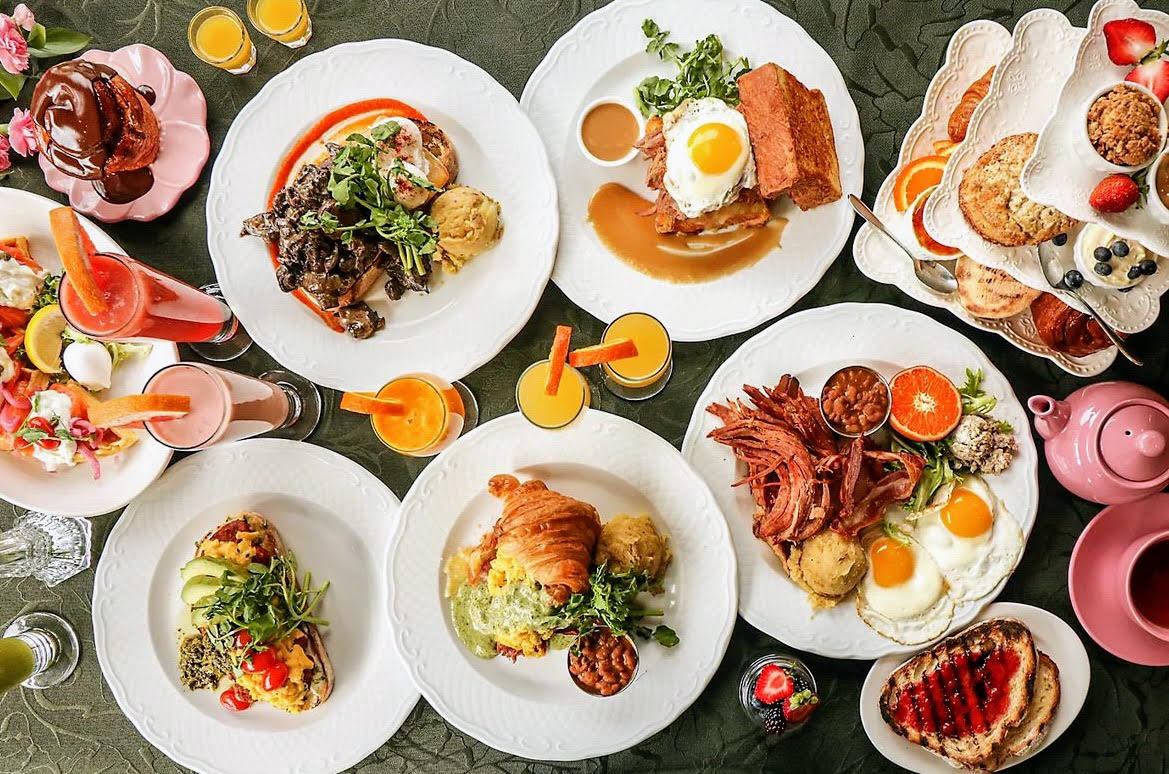Understanding Wine Labels: A Beginner’s Guide from a Fine Wine Store Perspective
 |
| Understanding Wine Labels: A Beginner’s Guide from a Fine Wine Store Perspective |
If you’ve ever stood in front of a wine shelf, eyes scanning bottle after bottle covered in elegant fonts and unfamiliar language, you’re not alone. Wine labels can feel like a mystery—especially for beginners. There’s a lot going on: names of regions, types of grapes, years, alcohol content, and sometimes even poetic phrases that don’t seem to offer much clarity.
But here’s the good news: once you learn how to read a wine label, you unlock a whole new level of enjoyment and confidence in your wine journey. And there’s no better place to start understanding them than at a fine wine store, where the focus is on thoughtful selection and a meaningful shopping experience.
This guide is designed to help you feel more at ease next time you’re choosing a bottle—not just by teaching you what the label means, but also by showing you how to trust your own preferences along the way.
The Front Label: What You See First
The front label is usually where you’ll find the wine’s name, origin, grape variety (if mentioned), and vintage. At first glance, it may just seem decorative—but it actually gives you several clues about what’s inside the bottle.
Take the name, for instance. It might be the name of the winery, the vineyard, or a branded title for that particular wine. If you see a familiar region—like Bordeaux, Napa Valley, or Chianti—you already have a general idea of the wine’s style based on where it came from. Some labels will also highlight the grape used, such as Merlot, Chardonnay, or Sauvignon Blanc.
The vintage—the year printed on the label—tells you when the grapes were harvested. This matters because different growing seasons impact the flavor and quality of the wine. That said, don’t feel pressured to memorize vintage charts. Just know that if you’re shopping at a fine wine store, the bottles on display have likely been chosen with season, flavor, and balance in mind.
The Back Label: Where the Story Begins
The back label is where many producers get a bit more expressive. You might read tasting notes like “bright red cherry,” “earthy finish,” or “hint of spice.” These descriptions aren’t exact science—they’re more like gentle suggestions to help you imagine what the wine might taste like.
Some back labels will also include pairing suggestions, which can be a fun way to match the wine with your evening meal. While it’s easy to overthink it, wine pairing is more of an adventure than a rulebook. Trust your taste and have fun with it.
More importantly, the back label often lists the alcohol by volume (ABV), which gives a sense of the wine’s body and strength. A higher ABV (14% and up) typically signals a bolder, fuller wine, while lower percentages (11–12%) usually indicate a lighter, more refreshing option.
Terms That Might Confuse You (But Don’t Have To)
Many wine labels include traditional terms—especially those from Europe—that might seem confusing at first but are quite helpful once you get the hang of them.
For instance, in French wine, you might not see the grape variety listed at all. Instead, the wine is named after the region, such as “Chablis” (which means it’s made from Chardonnay) or “Sancerre” (usually Sauvignon Blanc). Italian and Spanish wines can be similar. Once you associate a region with a grape or style, you’ll start recognizing what suits your palate without needing to translate every detail.
Still, if a label leaves you puzzled, that’s where shopping at a fine wine store really shines. You can simply ask, and more often than not, someone will walk you through the bottle’s story with joy—not judgment.
To learn more about the personal touch and attention that makes these spaces so helpful, read our in-depth guide: What Makes a Fine Wine Store Truly Exceptional?
What to Look for as a Beginner
Rather than trying to decode everything at once, start with the basics:
Do you recognize the grape variety? If so, reflect on whether you’ve liked it in the past.
Is the region familiar? Some regions produce wines with a reputation for being fruit-forward, earthy, bold, or crisp.
Does the vintage matter to you? If you’re unsure, newer vintages (1–3 years old) are often safe and approachable choices.
How does the wine describe itself? Trust your senses—do the notes listed sound like something you’d enjoy?
The more wines you try, the more intuitive this all becomes. And each label becomes less intimidating and more like a tiny preview of what’s inside.
Final Thoughts
Understanding wine labels isn’t about memorizing facts or sounding sophisticated—it’s about finding your way into a world full of flavor, tradition, and joy. It’s a skill you build gradually, not something you have to master overnight. Every label you read, every question you ask, and every bottle you taste brings you a step closer to confidence.
And remember, the best part of learning about wine isn’t the technical knowledge—it’s the way it brings people together. Whether you’re sharing a bottle with friends, choosing a gift, or exploring something new on a quiet evening, the label on that bottle is your invitation into a story.



Comments
Post a Comment